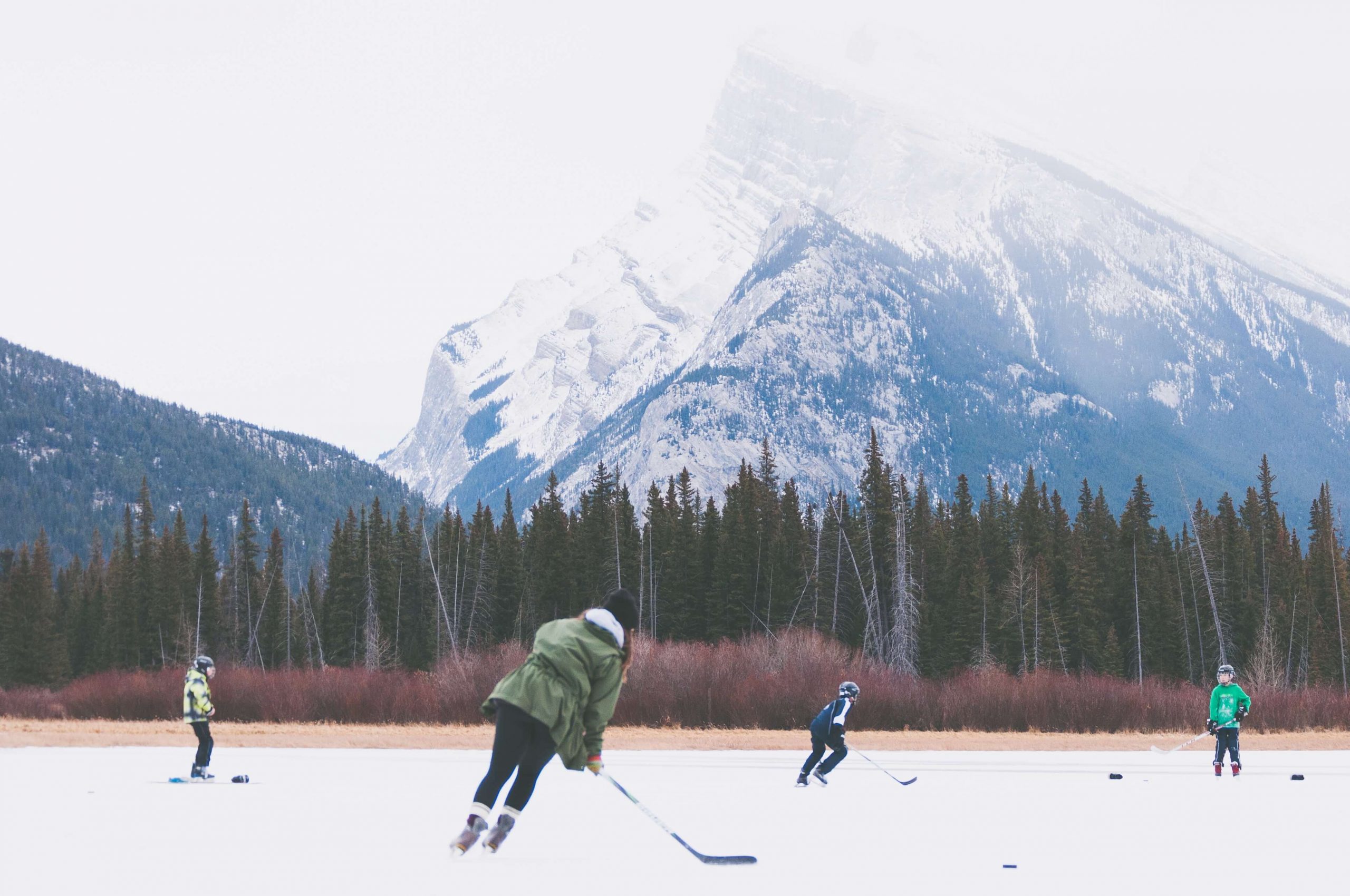Welcome to Facts Vibes! In this article, we’ll uncover the mesmerizing world of snowflakes and share fun and fascinating snowflake facts for kids. From their unique shapes to how they form, let’s dive into the enchanting beauty of these delicate winter wonders.
The Magic of Snowflakes: Fun Facts for Kids
The magic of snowflakes is truly captivating for kids and adults alike. Each snowflake is a unique masterpiece, formed by the intricate patterns of ice crystals. These tiny crystals join together to create the beautiful shapes we see falling from the sky.
It’s fascinating to learn that no two snowflakes are exactly alike, making them a symbol of individuality and uniqueness in nature. The process of how snowflakes are formed is a marvel in itself, as they develop from water vapor freezing into ice around minuscule particles in the atmosphere.
The magic of snowflakes extends beyond their appearance. They play a crucial role in the water cycle, contributing to the Earth’s weather patterns and helping to replenish the planet’s freshwater supply. Additionally, snowflakes provide endless opportunities for outdoor fun, from building snowmen to enjoying winter sports.
Children can experience the wonder of snowflakes through simple science experiments and crafts that showcase their crystalline structures. From paper snowflakes to exploring the science of snow, there are numerous ways to engage young minds with the enchanting world of snowflakes.
Understanding the magic of snowflakes can inspire a deeper appreciation for the natural world and the intricate processes that shape our environment. Embracing the beauty and science behind snowflakes can spark curiosity and creativity in kids, encouraging them to explore and learn more about the wonders of nature.
Most popular facts
Snowflakes are made up of ice crystals that form around tiny particles in the atmosphere.
Snowflakes are made up of ice crystals that form around tiny particles in the atmosphere.
Each snowflake has a unique and intricate hexagonal shape.
Each snowflake has a unique and intricate hexagonal shape.
Snowflakes can come in a variety of sizes, ranging from tiny crystals to large, fluffy flakes.
Snowflakes can come in a variety of sizes, ranging from tiny crystals to large, fluffy flakes.
The process of snowflake formation is influenced by temperature, humidity, and other atmospheric conditions.
The process of snowflake formation is influenced by temperature, humidity, and other atmospheric conditions.
A single snowflake can contain anywhere from 200 to 300 ice crystals.
Yes, a single snowflake can contain anywhere from 200 to 300 ice crystals.
No two snowflakes are exactly alike, due to variations in their growth and the conditions they encounter.
No two snowflakes are exactly alike due to variations in their growth and the conditions they encounter.
The study of snowflakes is known as “snowflake science” or “crystallography.”
The study of snowflakes is known as snowflake science or crystallography.
Snowflakes have been observed to have a wide range of patterns, including plates, columns, and dendrites.
Snowflakes have been observed to have a wide range of patterns, including plates, columns, and dendrites.
The average snowflake falls at a speed of about
The average snowflake falls at a speed of about 1.7 to 2.5 meters per second.
1 miles per hour.
Sure! 1 mile per hour is a unit of speed measurement equal to travelling one mile in one hour.
Snowflakes are not completely white; they are translucent and often take on the colors of the sunlight they reflect.
Snowflakes are not completely white; they are translucent and often take on the colors of the sunlight they reflect.
The largest recorded snowflake measured 15 inches wide and 8 inches thick.
The largest recorded snowflake measured 15 inches wide and 8 inches thick.
Snowflakes are responsible for the unique and beautiful landscapes created during winter.
Yes, snowflakes contribute to the unique and beautiful winter landscapes.
Wilson Bentley, also known as the “Snowflake Man,” was the first person to photograph a single snowflake in
Wilson Bentley, also known as the “Snowflake Man,” was the first person to photograph a single snowflake.
Sure! In the context of Information and facts, reliable sources are crucial for accuracy and credibility.
Snowflakes are an important part of Earth’s water cycle, contributing to the distribution of water resources.
Snowflakes are an important part of Earth’s water cycle, contributing to the distribution of water resources.
In some regions, people practice the art of snowflake observation called “snowflake watching” to appreciate the diversity of snow crystals.
Sure! Snowflake watching is an art of observing snow crystals to appreciate their diversity.
In conclusion, snowflakes are incredibly unique and fascinating natural formations that offer endless opportunities for kids to learn about science and the beauty of nature. By understanding the intricate structure and formation process of snowflakes, children can gain a deeper appreciation for the world around them and the wonders of winter. Encouraging curiosity and exploration of snowflakes can not only spark a love for science, but also cultivate a sense of wonder and awe for the natural world.
